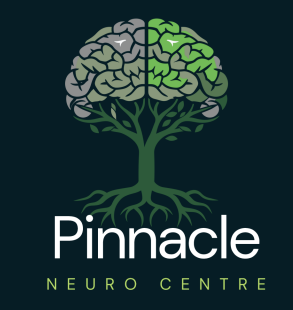Brain Stroke / Paralysis
A brain stroke, also known as a cerebrovascular accident, occurs when blood flow to a part of the brain is interrupted, leading to the rapid death of brain cells due to lack of oxygen and nutrients. This can result in paralysis, a common aftermath where individuals lose muscle control in parts of the body, often on one side (hemiplegia). Strokes are primarily of two types: ischemic, caused by a blood clot blocking a vessel, and hemorrhagic, due to a ruptured blood vessel. Both can devastate neurological function, with severity depending on the affected brain region and response time.
Stroke can cause paralysis or weakness on one side of the body, difficulty speaking, vision problems, confusion, and loss of coordination, depending on the brain area affected.Paralysis from stroke, often referred to as hemiplegia, is one of the most common aftereffects. It can affect the face, arm, and leg on one side, and may be temporary or permanent.

Paralysis from stroke manifests as weakness or complete loss of movement in limbs, face, or other areas, often accompanied by speech difficulties, impaired coordination, or sensory loss. Risk factors include hypertension, diabetes, smoking, high cholesterol, and atrial fibrillation. Lifestyle factors like poor diet and inactivity also contribute. Early recognition of symptoms—summarized by the acronym FAST (Face drooping, Arm weakness, Speech difficulty, Time to call emergency services)—is critical. Immediate medical intervention, such as clot-dissolving drugs for ischemic strokes or surgery for hemorrhagic ones, can minimize damage.
A brain stroke occurs when the blood supply to a part of the brain is interrupted or reduced, depriving brain tissue of oxygen and nutrients. This can lead to brain cell death within minutes. Strokes are typically categorized as ischemic (due to blocked arteries) or hemorrhagic (due to bleeding in the brain). A transient ischemic attack (TIA) is a temporary stroke-like episode.

Recovery from stroke-induced paralysis varies. Rehabilitation, including physiotherapy, occupational therapy, and speech therapy, plays a pivotal role in restoring function. While some regain significant mobility, others may face long-term disability, requiring adaptive strategies and support. Emotional challenges, like depression or frustration, often accompany physical limitations, underscoring the need for holistic care. Preventive measures—managing blood pressure, adopting a heart-healthy diet, exercising, and avoiding smoking—reduce recurrence risk. Advances in neurorehabilitation, such as robotic-assisted therapy and neuroplasticity-based treatments, offer hope for improved outcomes. Public awareness and timely action remain key to mitigating the life-altering impact of stroke and paralysis, emphasizing the brain’s resilience when given the right care.
